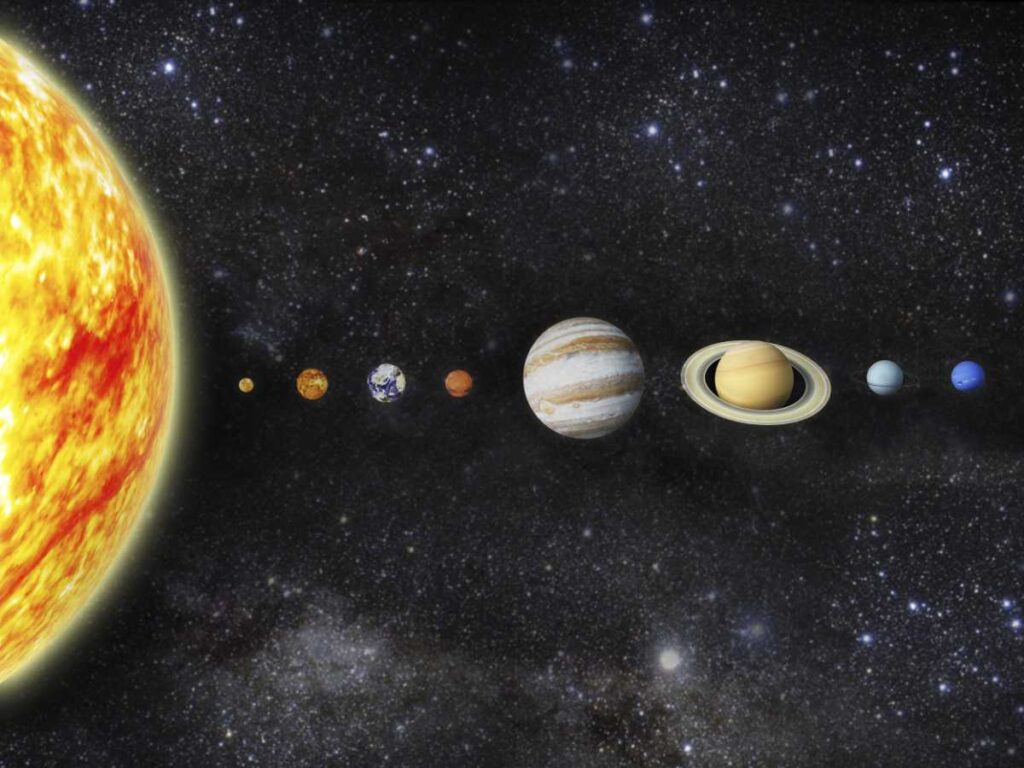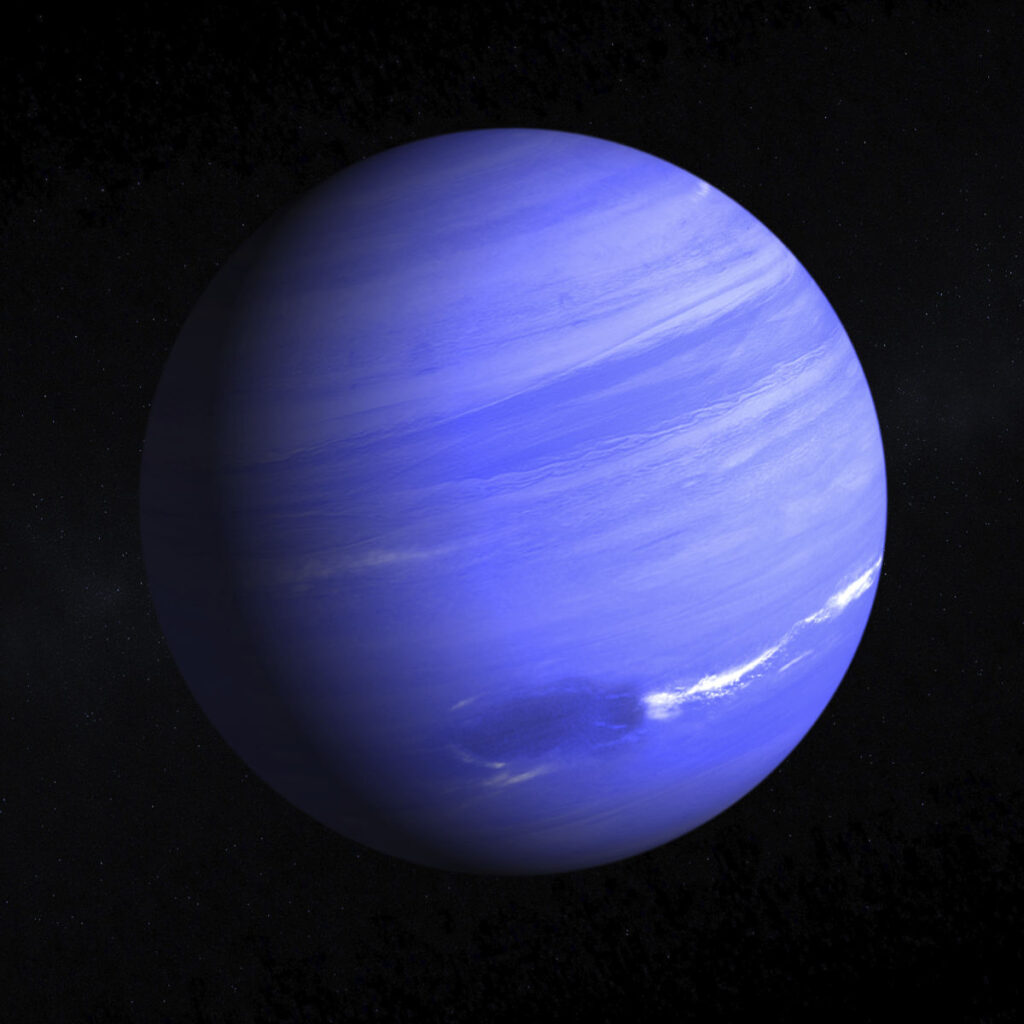Last Reviewed and Updated on June 21, 2022
Did you know that Uranus was not discovered until 1781? Or that Earth was not always considered a planet? let’s take a look at who discovered them and when were the planets discovered in our Solar System.

What are the planets in our Solar System?
There are many astronomical objects in our Solar System. Some that were thought to be planets at one time aren’t considered planets anymore. And the same goes the other way around. One of the most known such objects is Pluto. Pluto was considered a planet before it was demoted to a dwarf planet in 2006.
But surprisingly enough, at one time in history, the Sun and the Moon were also considered to be planets, the Earth after all was at one time considered to be the center of our Solar System. A planet was everything that isn’t a star (Sun excluded), and wasn’t a comet, with Earth also not being considered as a planet. The definition of planets changed over time.
As the knowledge of astronomy progressed, and the heliocentric model was adopted (planets revolving around the Sun), the definition of what a planet is also evolved.
By today’s definitions, we have 8 planets in our Solar System;
So, when were the Planets Discovered in our Solar System? Let’s take a look.
Planets discovered in prehistory and ancient history
5 out of 8 planets in our Solar system can be observed without the use of a telescope. These planets were observed by ancient civilizations. Most if not all were certainly observed in pre-history as they can be freely seen in the sky, and there are written records of planets in ancient history.
It is impossible to know the exact dates as to when they were first observed and when people realized they aren’t just ordinary stars in the night sky.
These planets are:
- Mercury
- Venus
- Mars
- Jupiter
- Saturn
Different ancient cultures observed these planets and they usually associated them with deities from their religion. But more scientific approaches were present as well.
Ancient Babylonians are known to be proficient in observing the stars and the planets. They studied and recorded astronomical objects during the year.
Ancient greeks formulated many theories and mathematical equations in an attempt to explain our universe.
Ancient Indian, the Mayan, Ancient Egyptian, Persians, and Ancient China civilizations as well as others had an interest in astronomy and were aware of planets in our Solar System.
How about Earth?
At a time when the idea of planets and the Sun revolving around Earth, and Earth was seen as the center of our Solar System, Earth was not considered a planet. Objects revolving around Earth would be planets, but not Earth itself.
The heliocentric model, which puts the Sun in the center of our Solar System was what made the Earth a planet. The first known records of such an idea go way back to the 3rd century BC (Aristarchus of Samos), but it was only in the 16th century that this idea was reintroduced (Copernicus) and started gaining traction.
The Discovery of Uranus
Uranus is the first planet in our Solar System that can’t be freely observed by most in the night sky. It is possible it was seen by people before, as good eyesight and a very dark sky make it possible to see a faint glimpse of the planet, but it’s so faint it is easily mistaken for a distant star. You would need to know what you are looking for and exactly where to look for it.
It is the first planet in our Solar System that was officially identified with a telescope.
On March 13th, 1783, Sir William Herschel discovered the planet we now know as Uranus. He suggested naming it Georgium Sidus. The name didn’t take. In the end, it was settled that the newly discovered planet would be called Uranus.

The Discovery of Neptune
Neptune was the last of the planets to be discovered in our Solar System. It was discovered based on mathematical calculations predicting its position.
Once the position was predicted, the planet was observed and confirmed with the use of a telescope.
In 1821 Alexis Bouvard published his astronomical tables of the orbits of Uranus. Subsequent observations of orbits revealed some deviations which led Bouvard to hypothesize that an unknown astronomical body is affecting the orbit of Uranus. Thus began the work that led to the discovery of the planet.
After Bouvard’s death, and by using his data the position of Neptune was predicted independently by Johann Galle, Urbain Le Verrier, and John Couch Adams.
It was first observed by a telescope on September 23rd in 1846 by Johann Galle.

